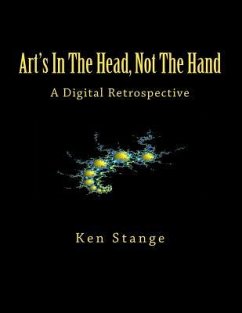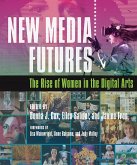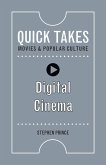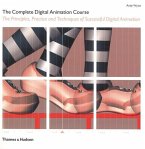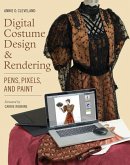Ken Stange, the prize-winning author of eighteen books of poetry, fiction, and non-fiction, has also devoted substantial effort to the creation of visual art. He attributes the opportunity to satisfy his desire to create with images as well as words to scientific advances and the resulting technology-specifically the personal computer. So all his artworks are digital images. This book is a retrospective 'hard copy' of the complete first one hundred digital art series in full colour, with notes on the all the works appended. An introductory essay explains the philosophy behind the work: a self-described "klutz" in terms of traditional artistic ability, he and others lacking the formerly required skills associated with creating visual art have been empowered by science and technology. The computer is Stange's creative tool, not the brush or pencil. Science has provided not only the means but also the inspiration for many of his artworks: ideas and images from physics, cosmology and other sciences are central to some of the works.
Hinweis: Dieser Artikel kann nur an eine deutsche Lieferadresse ausgeliefert werden.
Hinweis: Dieser Artikel kann nur an eine deutsche Lieferadresse ausgeliefert werden.

